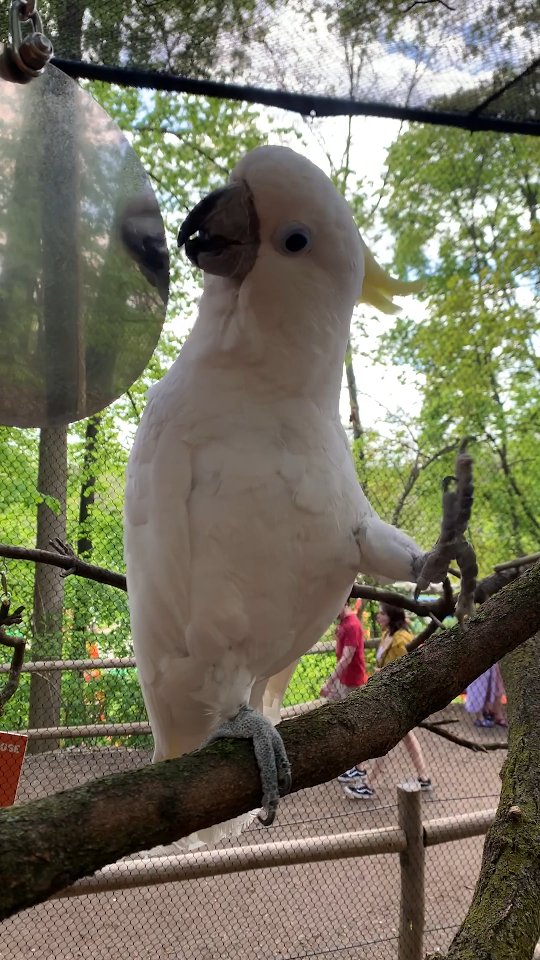- The impact of 2024’s wildlife conservation efforts on biodiversity and how these initiatives can inspire future actions.
- A look at zoo management advancements and their role in preserving endangered species, reflecting on lessons learned throughout 2024.
- The integration of digital media in raising awareness about zoology and conservation, using platforms like Instagram to engage the global audience.
- The role of innovative technologies in enhancing animal welfare and habitat restoration, marking 2024 as a pivotal year for tech-driven conservation approaches.
- The importance of community involvement and education in supporting conservation efforts, fostering a shared responsibility towards sustaining wildlife diversity.
2024 has been a landmark year for wildlife conservation and zoo management. The global community has witnessed significant strides forward in these arenas, woven intricately with technological advancements, ecological awareness, and community involvement. Conservation efforts aimed at combating biodiversity loss have been at the forefront, drawing attention to the importance of safeguarding the natural environments of countless species.
Throughout 2024, the primary focus has been on integrating conservation efforts with technological innovations. This synergy has yielded commendable progress in ecological preservation. Advanced genetic techniques, for instance, have breathed new life into conservation genetics by strengthening the gene pools of endangered species. Techniques such as CRISPR gene editing have been leveraged to bolster the resistance of at-risk species to diseases and environmental stressors, paving the way for healthier populations that can sustain themselves over time.
Moreover, this year saw the rise of digital platforms as vital tools for raising awareness and education. Instagram posts and reels, such as the “Waving goodbye to 2024 like…” trend, have captured imaginations worldwide, making conservation accessible and engaging. By translating complex zoological ideas into visual narratives, such platforms democratize knowledge, allowing users to connect emotionally and intellectually with conservation topics.
Zoo management in 2024 has embraced these digital narratives alongside physical engagement strategies. Zoos globally have continued to refine their missions beyond mere exhibition spaces to becoming vibrant centers of education and conservation. By incorporating augmented reality experiences, zoos offer visitors more immersive experiences, deepening their understanding of the natural world and the importance of conservation. Enhanced visitor engagement through interactive exhibits has amplified public interest in species and ecosystem preservation.
Animal welfare remains at the core of ethical zoo practices. Enclosures are becoming more eco-centric, reflecting natural habitats as closely as possible. The implementation of behavioral enrichment programs is designed to stimulate the physical and mental faculties of animals, fostering environments where they can thrive. Throughout 2024, this approach has been highlighted in zoos across the globe, educating the public on the nuanced and critical issues of animal welfare.
Innovative technologies have redefined habitat restoration as well. Satellite imagery and drone technology offer precise data on habitat changes over time, guiding restoration projects with unparalleled accuracy. This allows conservationists to target and manage critical areas more effectively, ensuring the sustainability of these ecosystems. Remote sensing technologies also play a crucial role in monitoring the impacts of climate change, enabling proactive measures to protect vulnerable biodiversity hotspots.
Community involvement has proven vital in these conservation efforts. Grassroots movements have been instrumental in galvanizing local and international support for wildlife preservation. Communities living in proximity to natural habitats are invaluable allies. Their local knowledge and cultural ties to these lands provide unique insights that can enhance conservation strategies. 2024 has illustrated the power of community-driven conservation, where collaborative action yields resilient ecosystems and empowered communities.
Education continues to be a cornerstone of effective conservation. Programs targeting schools and universities introduce fundamental conservation principles to younger generations. By fostering an early connection to the natural world, these educational initiatives inspire life-long commitments to environmental stewardship. Through workshops, lectures, and interactive sessions, educational outreach has been a highlight of 2024’s conservation success, ensuring a well-informed public that supports biodiversity efforts.
2024’s conservation journey presents a forward-thinking model for others to follow, combining technology, education, and community engagement. The ongoing lessons from this year are transforming conservation from reactive to proactive, setting a precedent for the years to come. With the increasing need for efficient environmental solutions, the progress made through 2024 demonstrates a roadmap for future endeavors in preserving our planet’s rich biodiversity.
*****
Source Description
Waving goodbye to 2024 like… 👋


